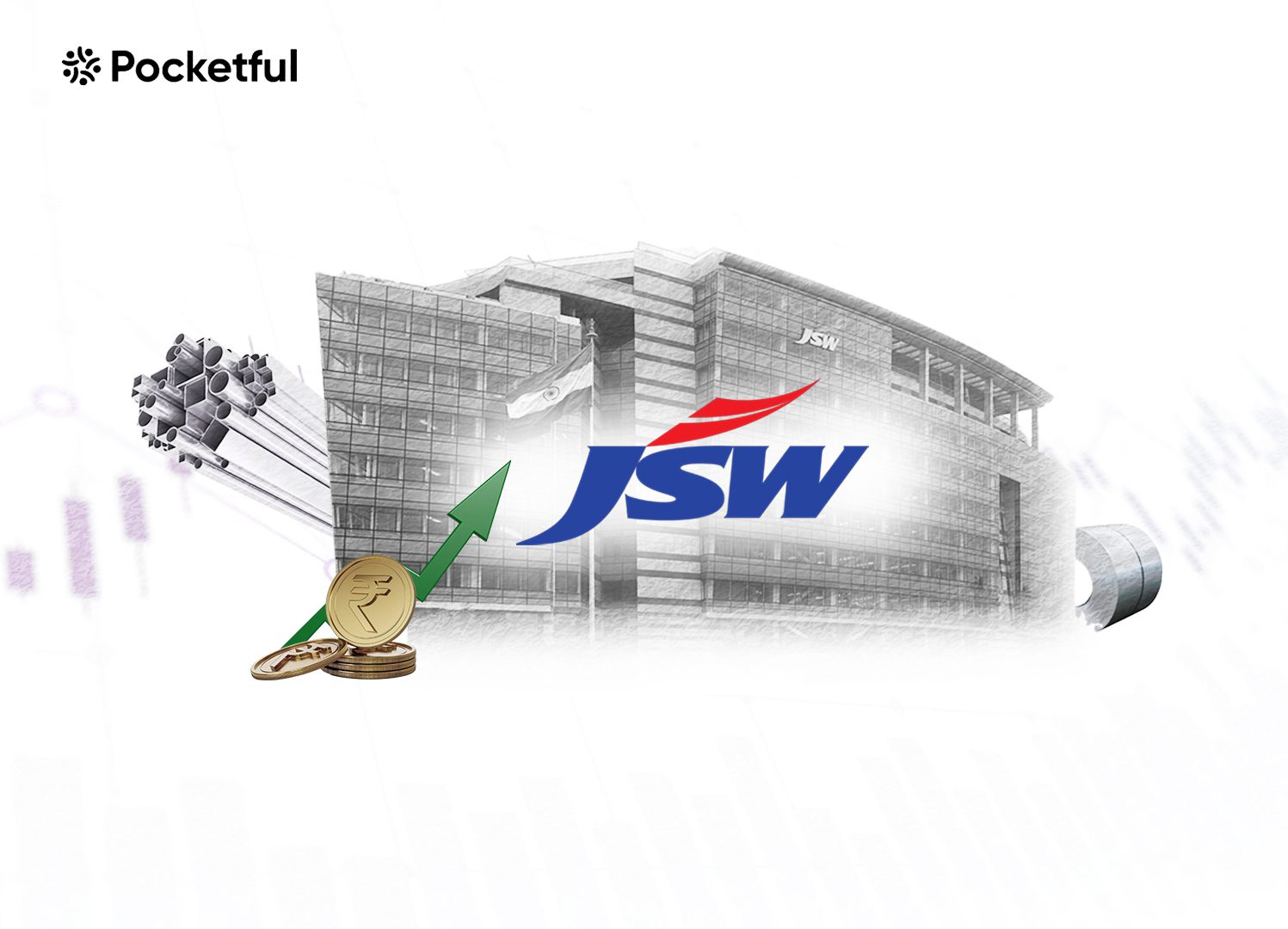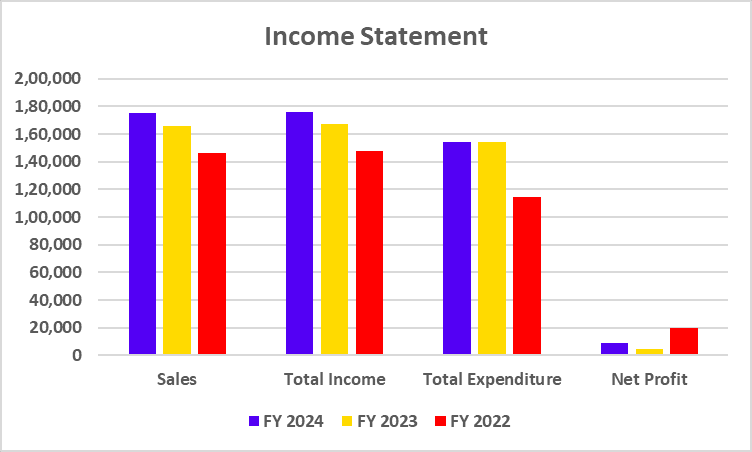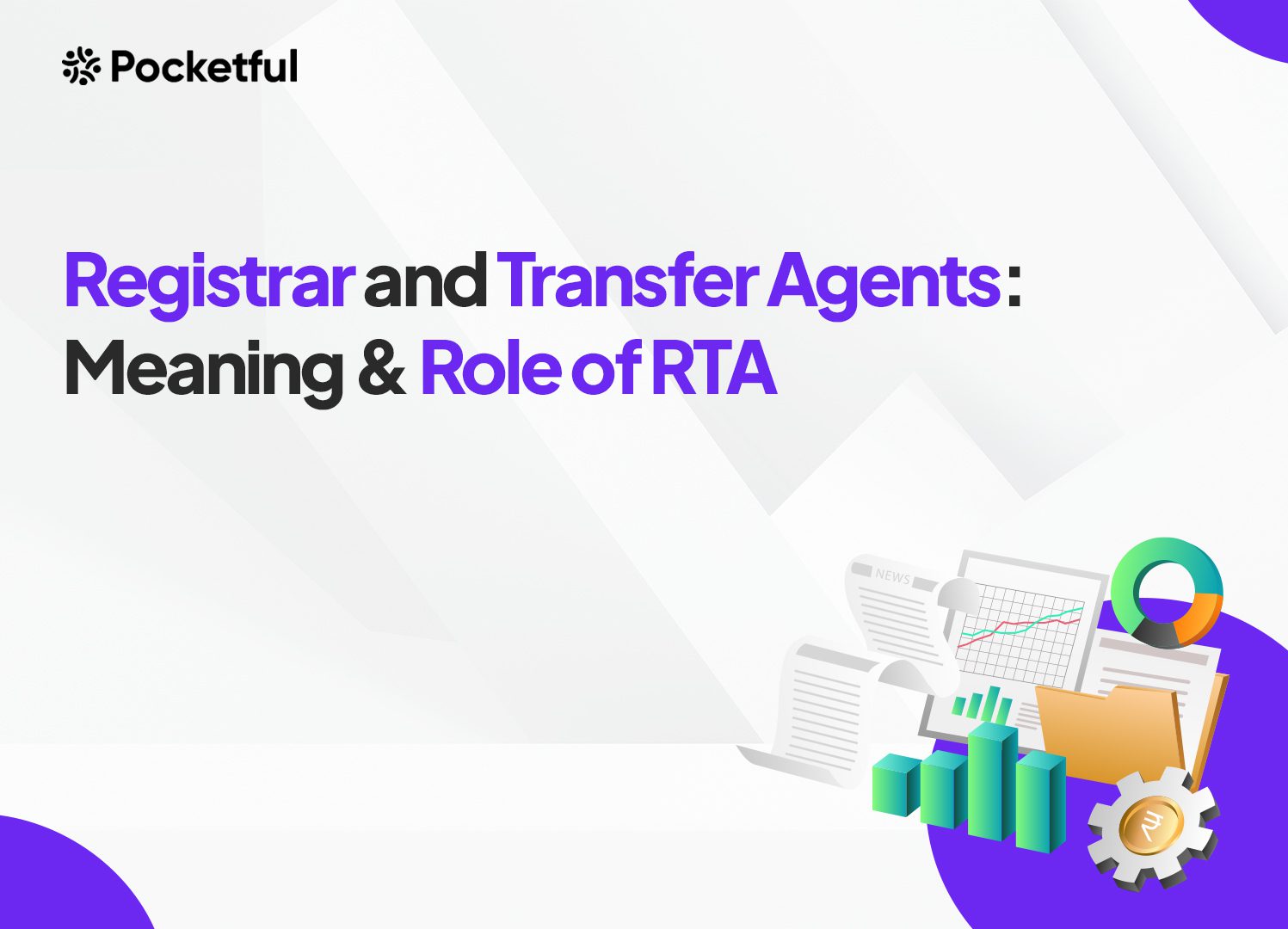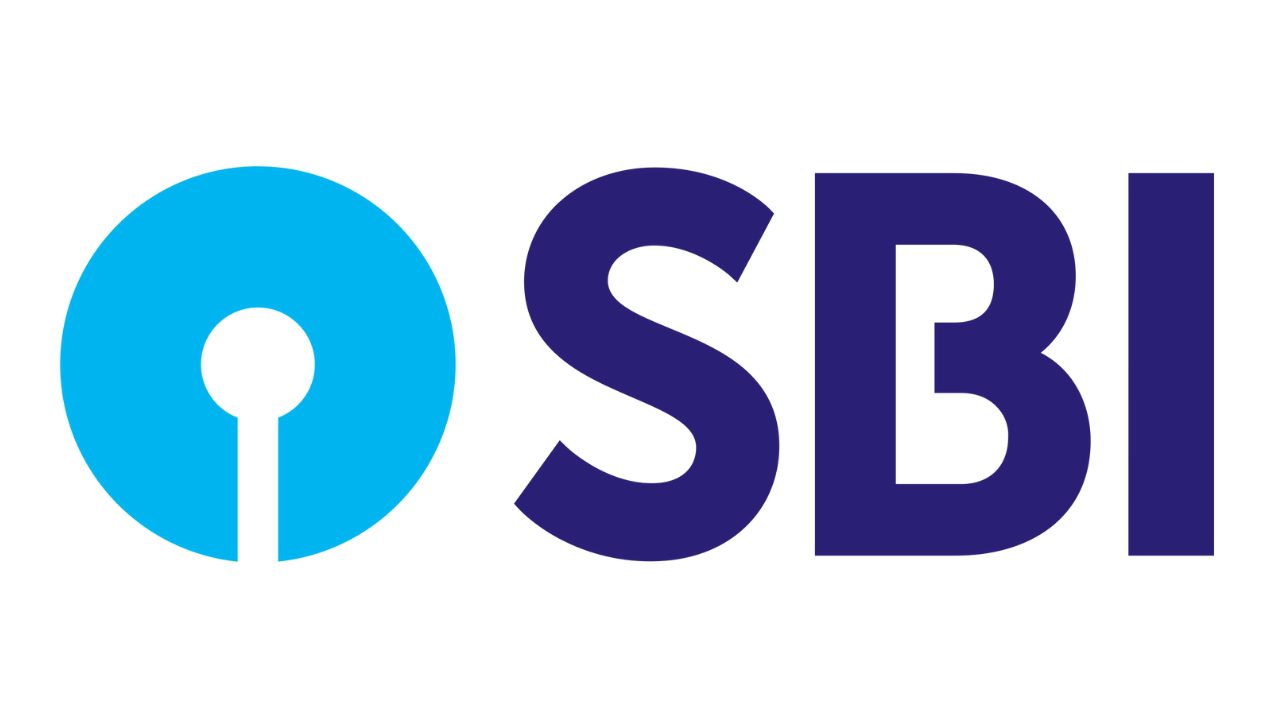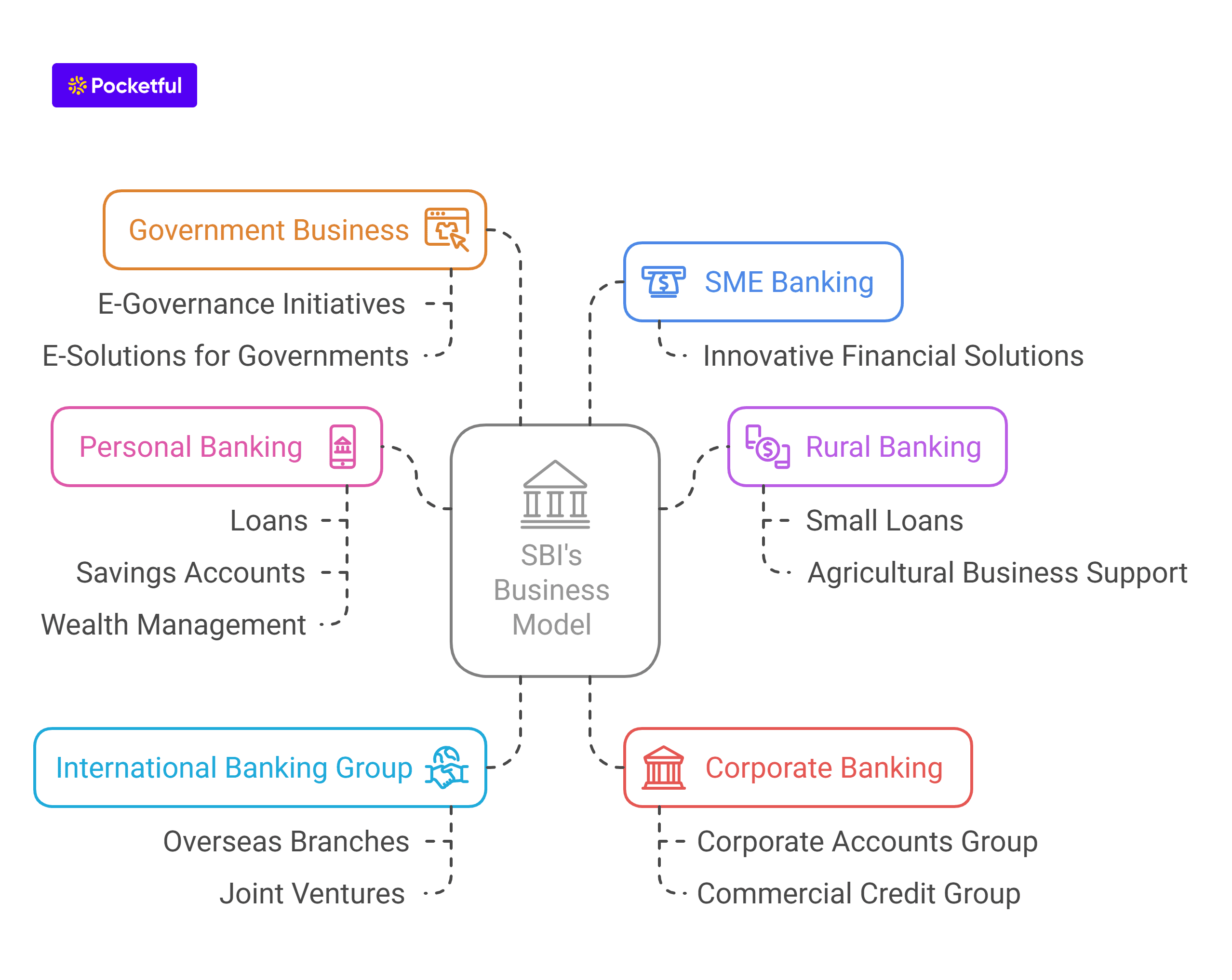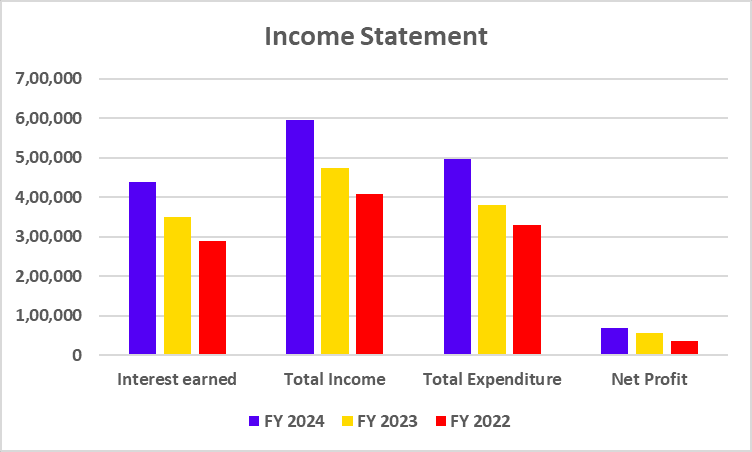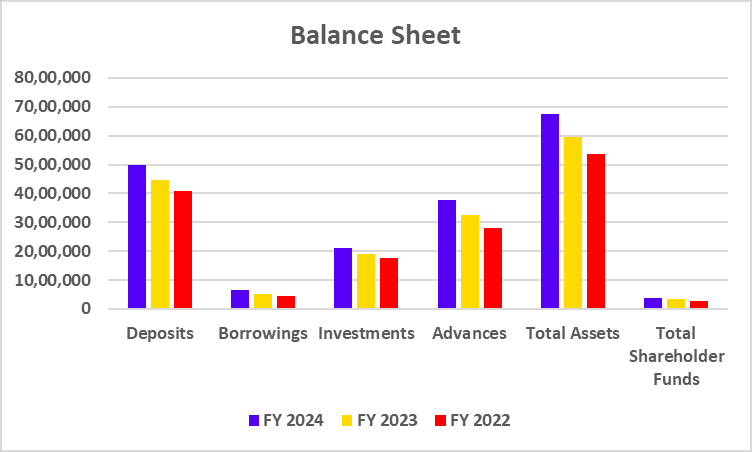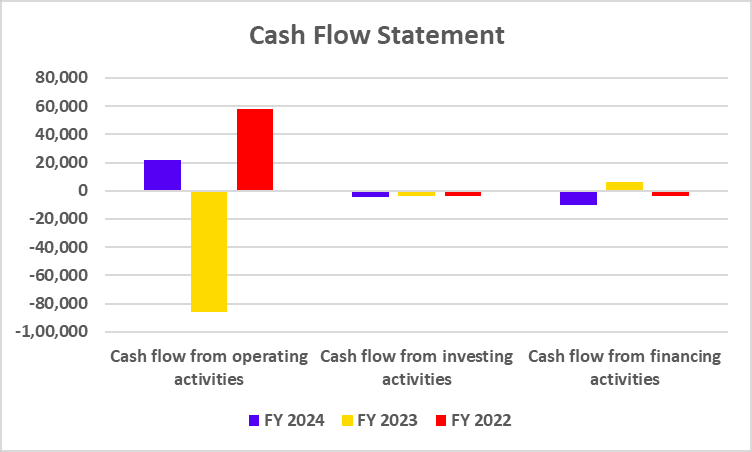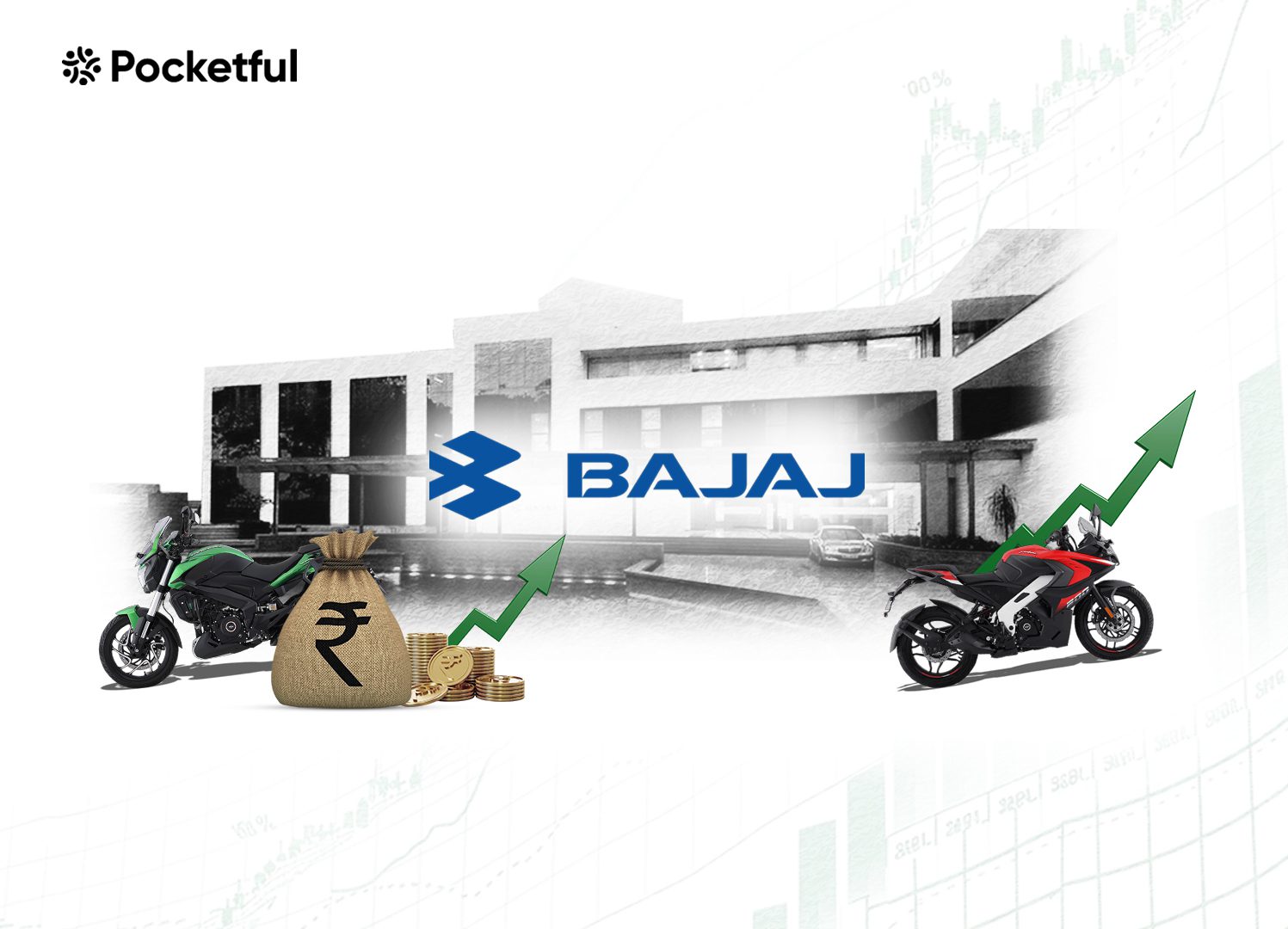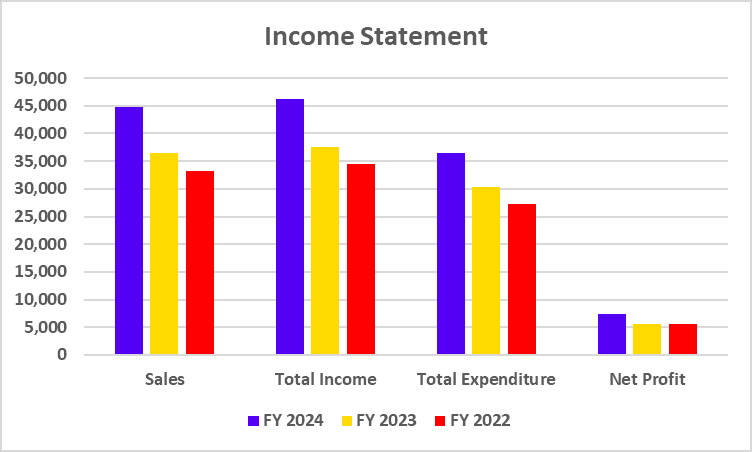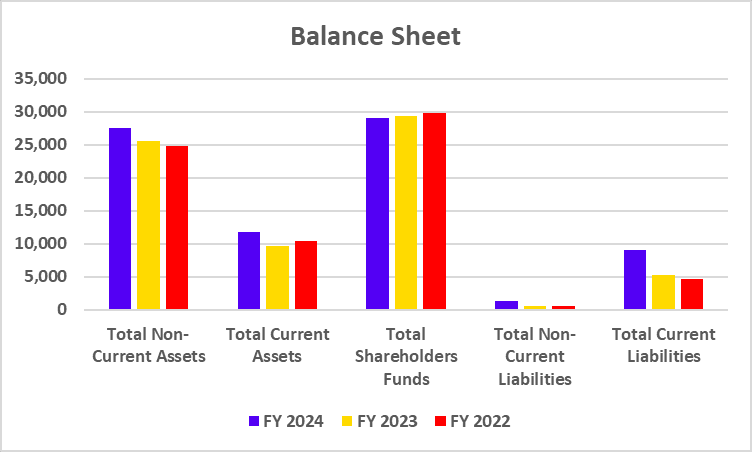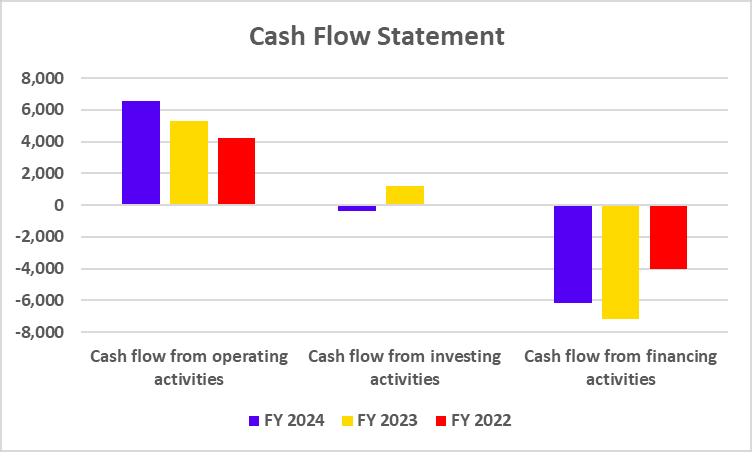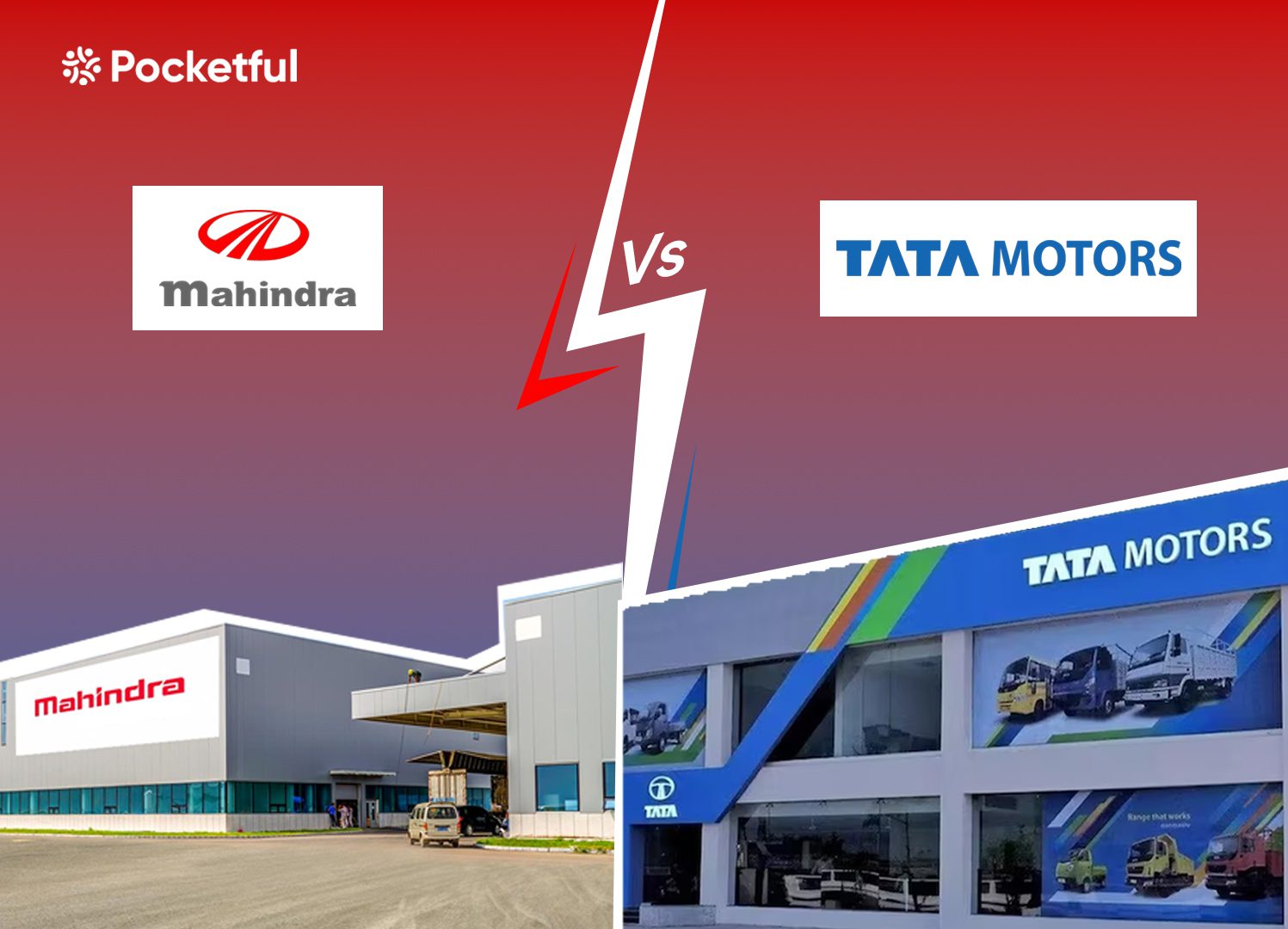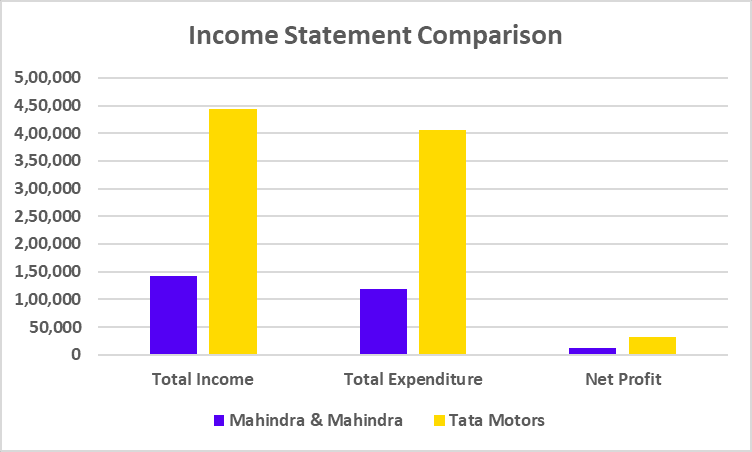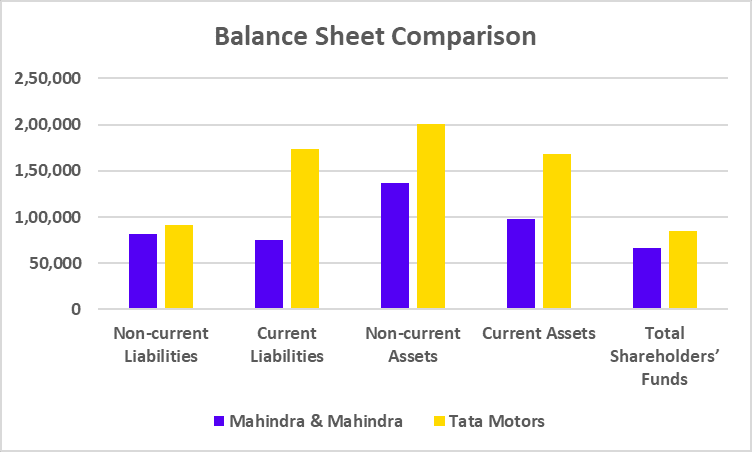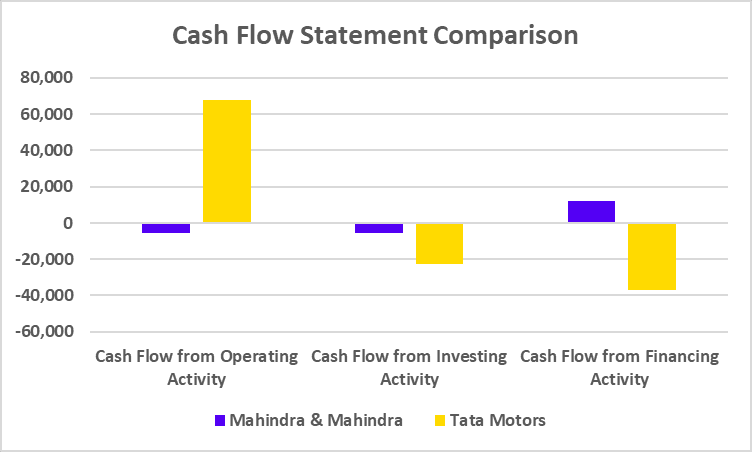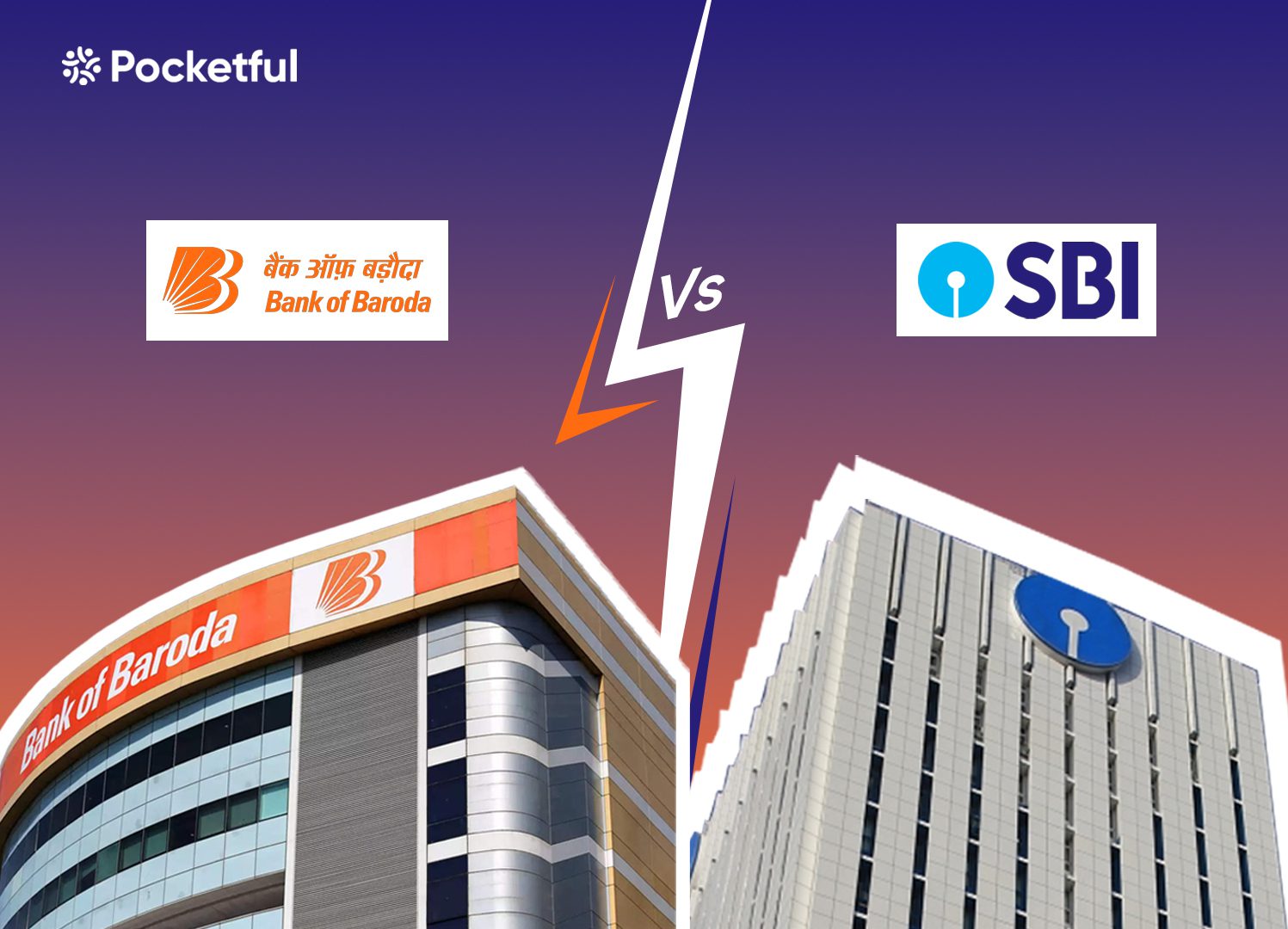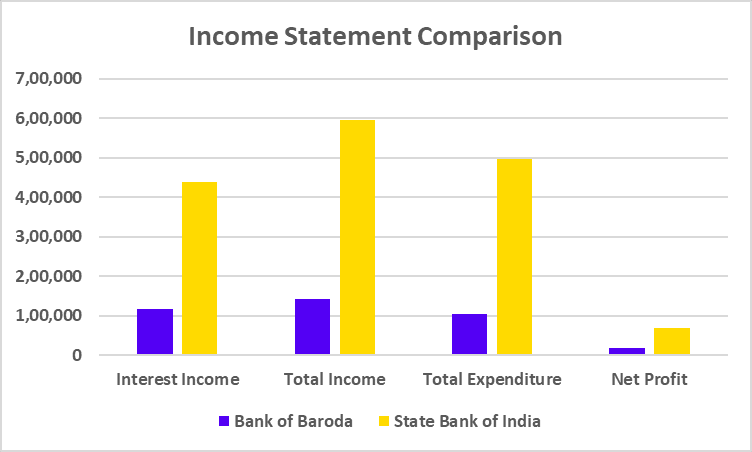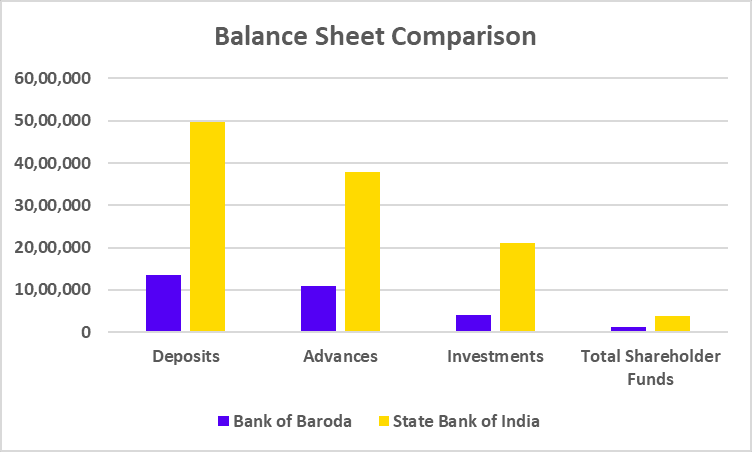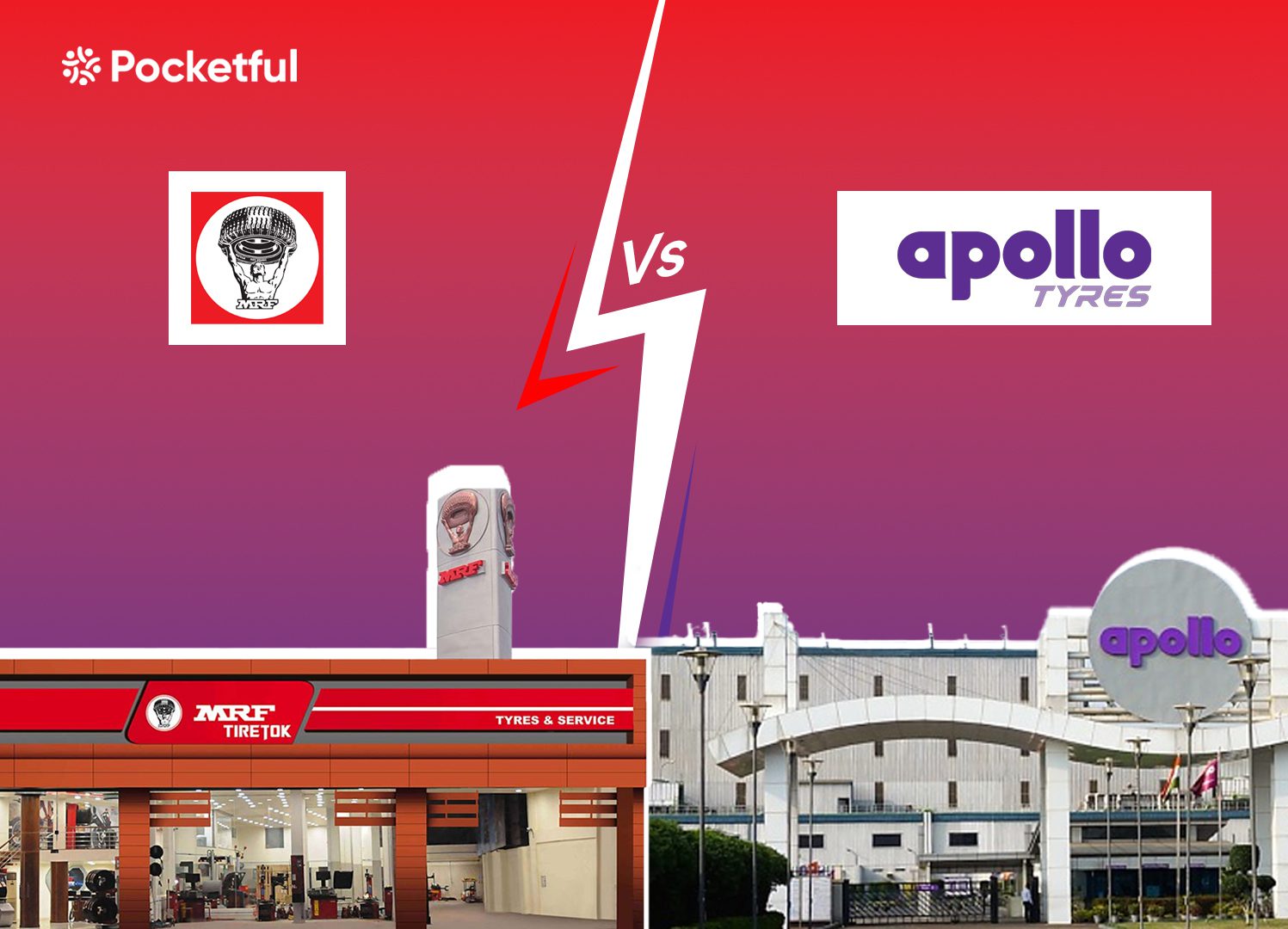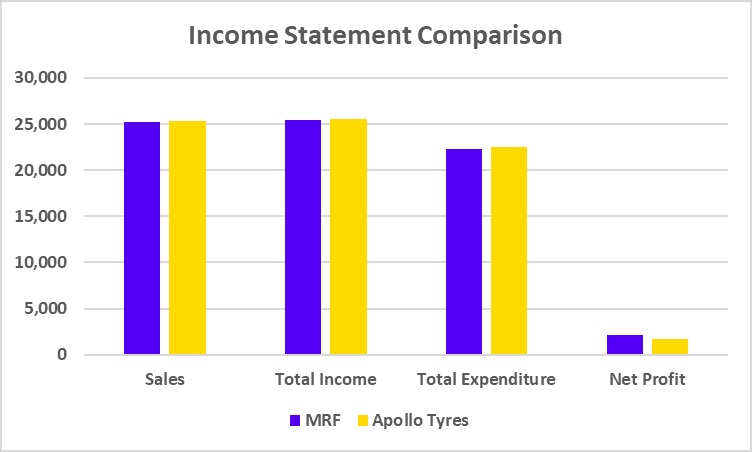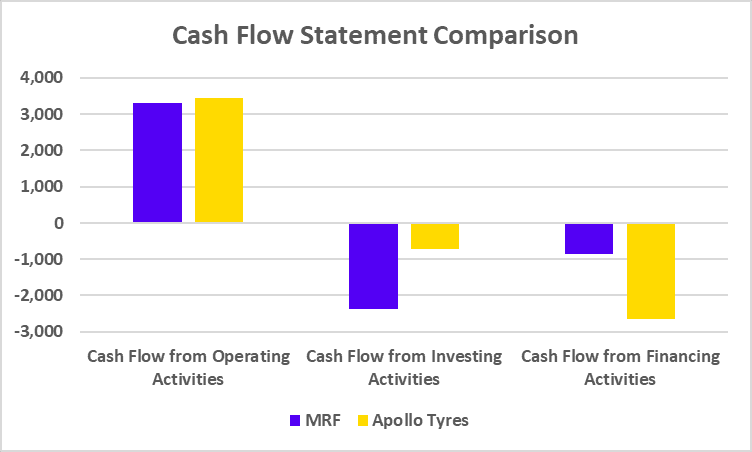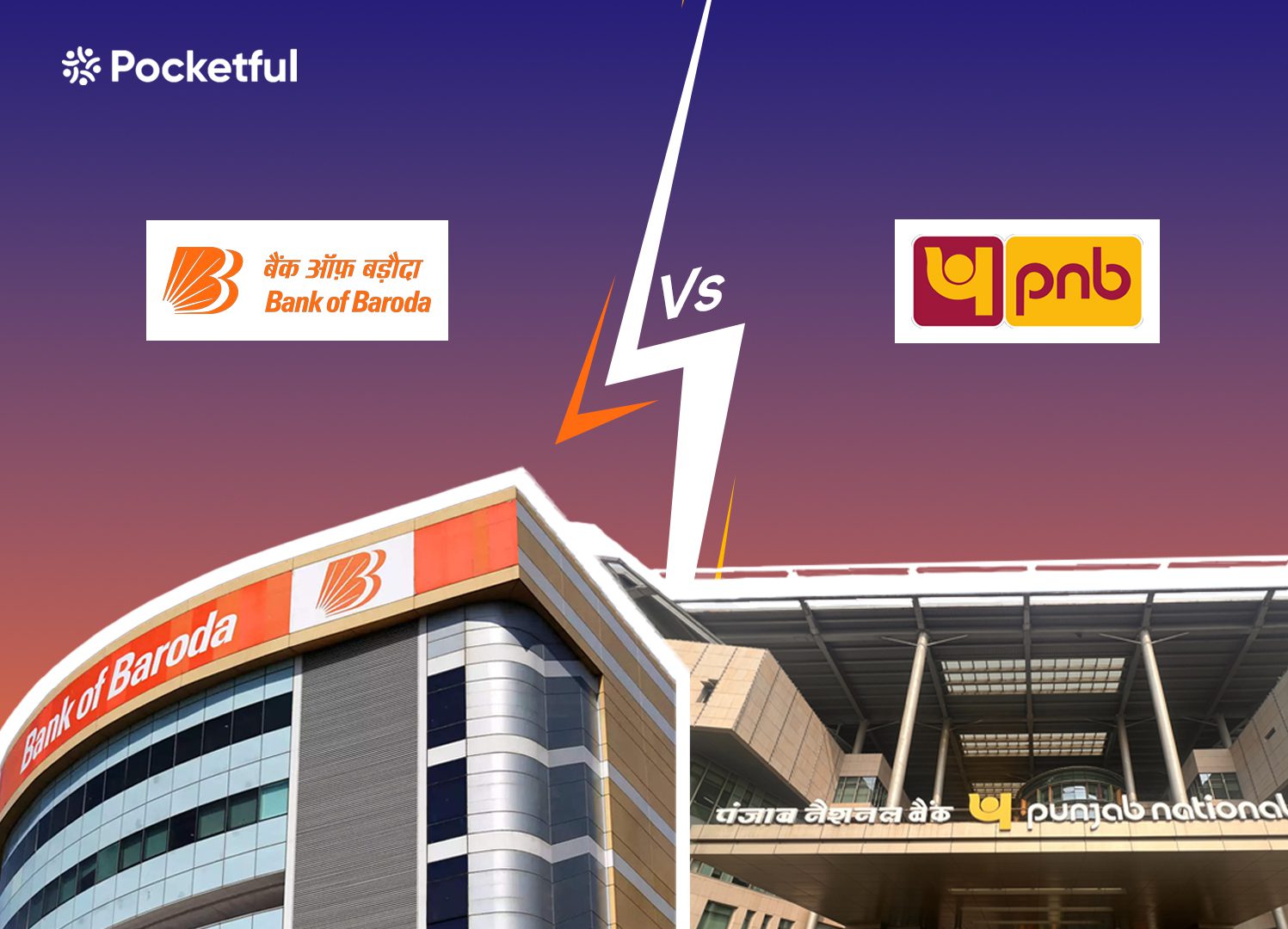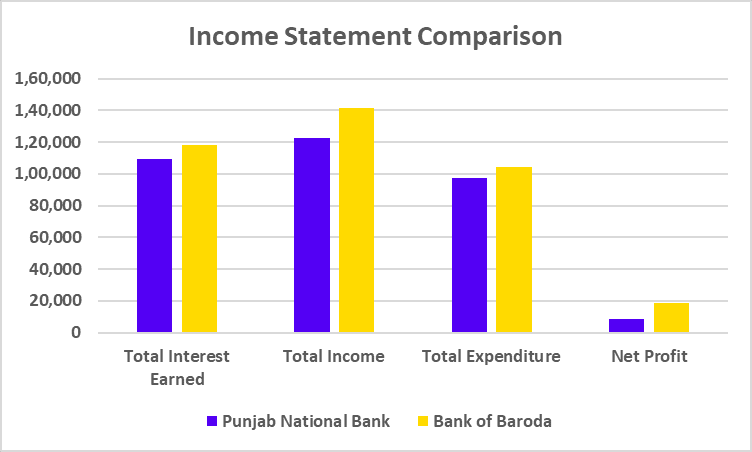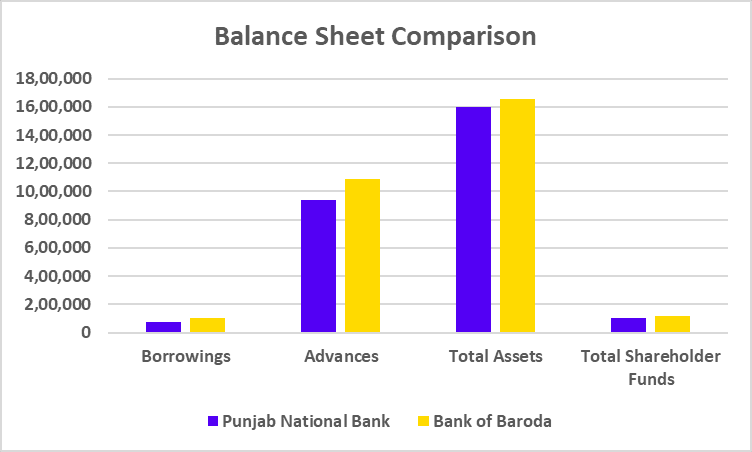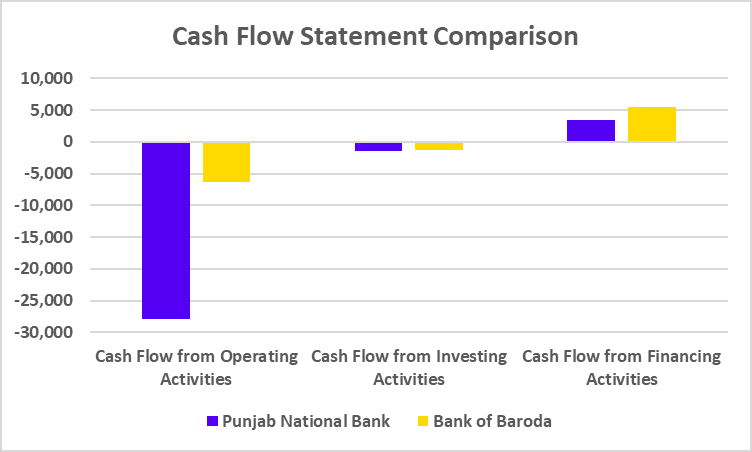Imagine you are on a family vacation and notice a beach littered with garbage. You will undoubtedly consider how this will negatively affect the ecosystem and destroy wildlife. However, there are some businesses in India that recycle that waste and turn it into valuable items.
In this blog, we’ll provide an overview of the Indian recycling sector and its top companies based on market capitalization.
Overview of the Recycling Industry in India
Recycling companies mainly deal with the conversion of waste materials into useful products. India is the most populous country in the world and thus generates a substantial amount of waste each year, which has drastic effects on the environment as a significant portion of the waste generated is not biodegradable. According to some studies, it is estimated that India recycles around 20% of its waste, which is not enough. Moreover, the majority of the recycling takes place in the informal sector.

The Government of India is aware of the waste management issues and has thus launched the Swachh Bharat Abhiyan and Atal Mission for Rejuvenation and Urban Transformation (AMRUT) to develop recycling and waste management infrastructure in the country. The recycling industry has expanded rapidly in recent years due to rising environmental awareness among the public and environmental issues in the nation. As a result, there is a great chance for this sector to grow shortly because government policies and incentive programs support it.
Top Recycling Stocks In India Based on Market Capitalization
The Top Recycling stocks in 2025 are:
| S.No. | Recycling Stocks |
|---|---|
| 1 | Gravita India Ltd. |
| 2 | Ganesha Ecosphere Ltd. |
| 3 | Eco Recycling Ltd. |
| 4 | A2Z Infra Engineering Ltd. |
| 5 | Baheti Recycling Industries Ltd. |
The recycling stocks have been listed in descending order based on their market capitalization in the table below:
| Company | Market Capitalisation (in INR crore) | Current Market Price (in INR) | 52-Week High (in INR) | 52-Week Low (in INR) |
|---|---|---|---|---|
| Gravita India Ltd. | 11,827 | 1,602 | 2,640 | 1,380 |
| Ganesha Ecosphere Ltd. | 3,190 | 1,190 | 2,484 | 1,161 |
| Eco Recycling Ltd. | 1,150 | 596 | 1,045 | 502 |
| A2Z Infra Engineering Ltd. | 304 | 17.3 | 26.9 | 12.3 |
| Baheti Recycling Industries Ltd. | 582 | 562 | 650 | 328 |
Read Also: List of Best Monopoly Stocks in India
Best Recycling Stocks in India Based on Market Capitalization – An Overview
A brief overview of the best recycling stocks in India is given below:
1. Gravita India Ltd.
Mr. Rajat Agarwal established the company in 1992 to recycle lead. Later, the company expanded its operations into aluminum processing, plastic recycling, etc. The company established its first recycling plant in Jaipur. The company has a presence in 38 countries around the globe and has Reliance Industries Ltd., Asian Paints, Tata, Amara Raja, etc., as its major supply chain partners. The company launched an initial public offering (IPO) in 2010 and was listed on the Indian stock exchange. Its headquarters are located in Jaipur.
Know the Returns:
| 1Y Return (%) | 3Y Return (%) | 5Y Return (%) |
|---|---|---|
| -38.30% | 428.35% | 3,010.20% |
2. Ganesha Ecosphere Ltd.
In 1987, Shyam Sunder Sharma established the business to manufacture dyed and doubled yarn. Later, the company became a leading rPET fiber manufacturer in India. The company manufactures rPET fiber and rPET yarn from PET bottle scrap. These recycled products are used in the textile industry and can also be used to fill toys, pillows, etc. The company has a network of scrap dealers across the nation and processes 350 tons of PET waste daily. The company’s main office is in Kanpur, Uttar Pradesh.
Know the Returns:
| 1Y Return (%) | 3Y Return (%) | 5Y Return (%) |
|---|---|---|
| -36.15% | 94.31% | 363.90% |
3. Eco Recycling Ltd.
Mr. B.K. Soni founded the business in 1994 to provide recycling services for electronic waste in India. It was the first company in India to establish an electronic waste processing facility. Subsequently, the business began providing secure e-waste disposal services, including data destruction and recycling of electronic material. The company also provides services like Reverse Logistics, Lamp recycling, etc. The company’s headquarters is in Mumbai.
Know the Returns:
| 1Y Return (%) | 3Y Return (%) | 5Y Return (%) |
|---|---|---|
| -34.12% | 449.03% | 1,236.45% |
4. A2Z Infra Engineering Ltd.
The company was established in 2002 by Mr. Amit Mittal. The company offered EPC services in the power sector, including distribution lines and substations. The company launched an initial public offering (IPO) in 2010 and became listed on the Indian Stock Exchange. The business also provides Municipal solid waste management services and uses the waste to generate energy. The company installed Asia’s largest Integrated Resource Recovery Facility (IRRF) in Kanpur. The company’s headquarters is in Gurgaon.
Know the Returns:
| 1Y Return (%) | 3Y Return (%) | 5Y Return (%) |
|---|---|---|
| -5.19% | 63.43% | 308.57% |
5. Baheti Recycling Industries Ltd.
Mr Dilip Baheti founded the business in 1994, and its primary objective is to recycle aluminum waste scraps and turn them into aluminum alloys in the form of ingots. The company’s clientele spans several industries, such as the automobile, electrical, and construction sectors. The business is implementing cutting-edge technologies to enhance metal extraction from waste. The company’s main office is located in Ahmedabad.
Know the Returns:
| 1Y Return (%) | 3Y Return (%) | 5Y Return (%) |
|---|---|---|
| 33.71% | 367.92% | 367.92% |
Performance of Recycling Stocks
The recycling stocks have generated substantial gains in the recent past, as seen in the table below:
| Company | 6-Month Return | 1-Year Return |
|---|---|---|
| Gravita India Ltd. | -11.18% | -38.30% |
| Ganesha Ecosphere Ltd. | -24.64% | -36.15% |
| Eco Recycling Ltd. | -11.74% | -34.12% |
| A2Z Infra Engineering Ltd. | 23.10% | -5.19% |
| Baheti Recycling Industries Ltd. | -2.35% | 33.71% |
Key Performance Indicators (KPIs)
| Company | ROE (in %) | ROCE (in %) | Debt to Equity | P/E | P/B |
|---|---|---|---|---|---|
| Gravita India Ltd. | 28.56 | 29.08 | 0.65 | 60.95 | 18.54 |
| Ganesha Ecosphere Ltd. | 3.85 | 7.07 | 0.38 | 82.60 | 4.68 |
| Eco Recycling Ltd. | 27.86 | 30.66 | 0 | 97.52 | 30.44 |
| A2Z Infra Engineering Ltd. | -17.68 | -27.35 | 6.15 | -62.96 | 9.29 |
| Baheti Recycling Industries Ltd. | 17.29 | 36.87 | 2.38 | 52 | 9.12 |
Benefits of Investing in Recycling Stocks

There are various benefits of investing in recycling stocks, some of which are mentioned below:
- Environmental Conservation– An investor can help with environmental conservation by purchasing stocks in the recycling sector.
- Government Support – By offering a variety of incentives, the government supports the recycling sector, which eventually improves the performance of these businesses in the long run.
- Less Volatile – Because recycling stocks are generally uncorrelated with the economy, their share prices are less volatile than those of other sectors.
Factors to Be Considered Before Investing in Recycling Stocks
There are various factors one should take into account before investing in any recycling stocks:
- Competition – Besides well-known businesses, there are several local firms in the recycling sector, making the recycling industry increasingly competitive. As a result, the company’s profit margins and market shares may be affected.
- Innovative Techniques – The recycling sector uses advanced technology to produce recycled products. The more advanced technologies a business employs, the bigger its profit margin will be.
- Regulatory – The recycling sector is heavily regulated and depends on numerous government-sponsored incentive programs. Any changes to these rules will affect business performance.
Future of the Recycling Sector in India
The amount of waste generated in India will rise as the country’s population grows, and businesses are working to handle this waste and find new applications for recycled products. India recycled 9.9 million tons of plastic in 2023, and at a compound annual growth rate (CAGR) of 9.86%, it is projected to reach 23.7 million tons by 2032. Favorable government policies will also play a key role in developing India’s recycling sector.
Read Also: List Of Best Paper Stocks in India
Conclusion
In conclusion, given the enormous development potential in this industry, investment in the recycling sector can be profitable. Investing in stocks that recycle waste will diversify your portfolio and lower risk. Before making any investments, you should assess the firm’s financial data, such as its revenue and profit margins. Moreover, you should also speak with an investment advisor before investing.
Frequently Asked Questions (FAQs)
What are the best recycling stocks to invest in India?
The best recycling stocks in India are Gravita India Ltd., Eco Recycling Ltd., A2Z Infra Engineering Ltd., Baheti Recycling Industries Ltd., and Ganesha Ecosphere Ltd.
Is it a good time to invest in recycling stocks?
Yes, an individual can invest in recycling stocks due to the rise in environmental concerns and increasing efforts of the government to promote recycling. The growing demand for recycled services and products will increase revenues and profits for recycling companies.
What are the types of products that are recycled in India?
In India, companies recycle various types of products, such as metal, plastic, paper, and electronic waste.
What are the factors to be considered before investing in recycling companies?
There are various factors to be considered by an investor before investing in any recycling company, such as their financial performance, demand for recycling products, technological advancements, etc.
Is it safe to invest in recycling stocks?
Investing in a recycling stock can be highly risky, and it is advised to consult a financial advisor before investing.

